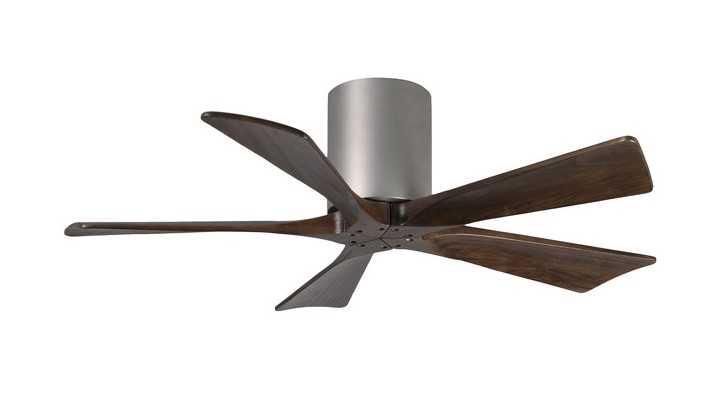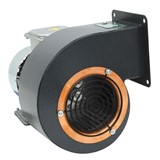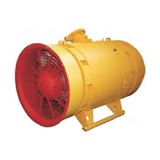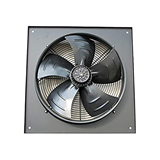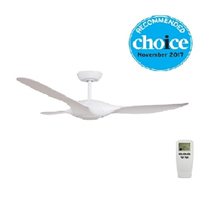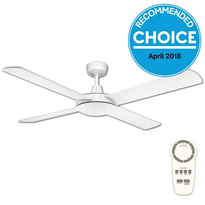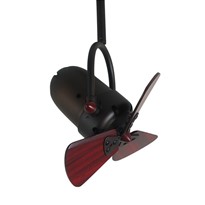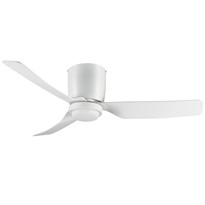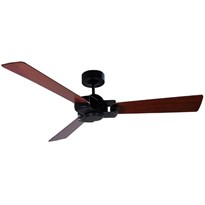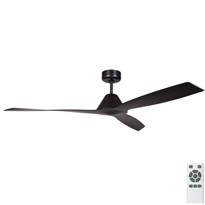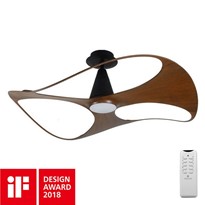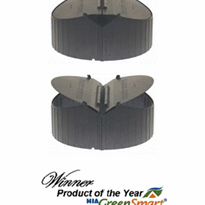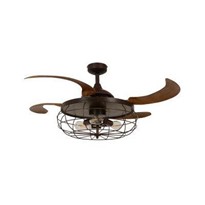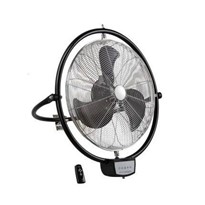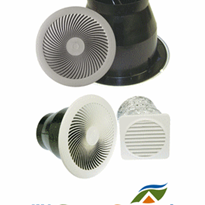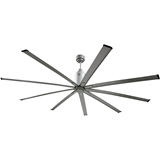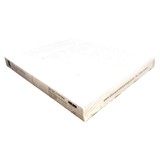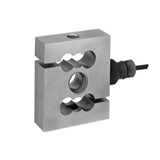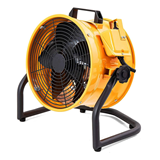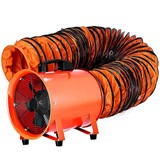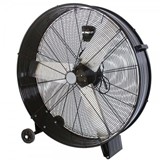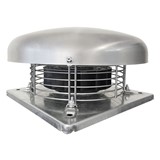Are Ceiling Fans Energy Efficient?
All ceiling fans are energy efficient as they generally use only 20 watts and up to a maximum of 120 watts which is equivalent to 2 standard light globes. We also have a range of ceiling fans that are made with DC motors making them extra energy efficient!
What makes a ceiling fan work more effectively?
Many things go into making a fan effective. The motor, the size, shape and material of the blades, the pitch of the blades and more! Some fans are designed to move fast and create a lot of air movement, and others to circulate slowly and create a nice breeze. If you have a particular requirement please contact us so we can recommend some suitable options.
What Is A Summer/Winter Reverse Function?
Most fans have both a summer mode (rotate anti-clockwise) and winter mode (rotate clockwise). In summer the fan creates a breeze which cools the people under it and circulates air around the room. In winter the fan pushes the hot air above it down (without really creating a breeze) which means you keep that warm air down and can have the heater on a lower setting.
Can I Use A Ceiling Fan On A Sloping Ceiling?
Most of our fans have a ball joint and can be installed on ceilings with a pitch of up to 32 degrees. There are a few things to take into account including the placement, the width of the fan and the drop so please contact us to help you work out your options.
Which fan is better – 3/4/5 blade fans?
Different fans may be designed for different purposes, so it is not a matter of one being ‘better’ than another. There are other factors that influence a fan’s performance therefore you cannot conclude that a 5 blade fan is “better” than a 3 blade fan. The performance of a fan depends on factors such as the power of the motor, the number of blades, the pitch, shape, size and material of the blade and more.
Remote control ceiling fans
Most fans come with a wall control, however a remote can be purchased as an accessory and you can find this at the bottom of the product page. Some fans come with a remote included, and usually this will mean this is the only control option available for that particular model. Some of the traditional style fans come with a pull cord operation, and wall controls or remotes can be bought and used with these instead also.
What Size Fan Do I Need?
The larger the fan diameter, the bigger space it will cover. Having said that, as long as the fan is placed directly over the area you will be using, most sizes will be fine. There are three standard sizes that fans come in: 48″ (122cm), 52″ (132cm) and 56″ (142cm), however, there are many models that come in extra small and extra large sizes.
Ceiling fan with a light
Nearly all of the ceiling fan models can have a light as an option. Many ceiling fans are light adaptable, or have an integrated light option. An integrated light means only the manufacturer’s light will fit it. View our ceiling fan section and you will find accessories such as lights as an option.
I have high ceilings, what fan do I need?
If you have high ceilings, you can lower your ceiling fan using an extension rod. These extension rods usually come in 90cm or 180cm lengths and most can be cut to size by your electrician. All our ceiling fans are listed with the compatible extension rod as an accessory if available.
I have low ceilings, what fan do I need?
The Australian Standard AS 4226 – 2008, Clause 12.5.3 states that all ceiling fans should be at least 2.1 metres from the floor and at least 300mm from the ceiling. If your home has low ceilings then you will need to View Our Low Profile Ceiling Fans


